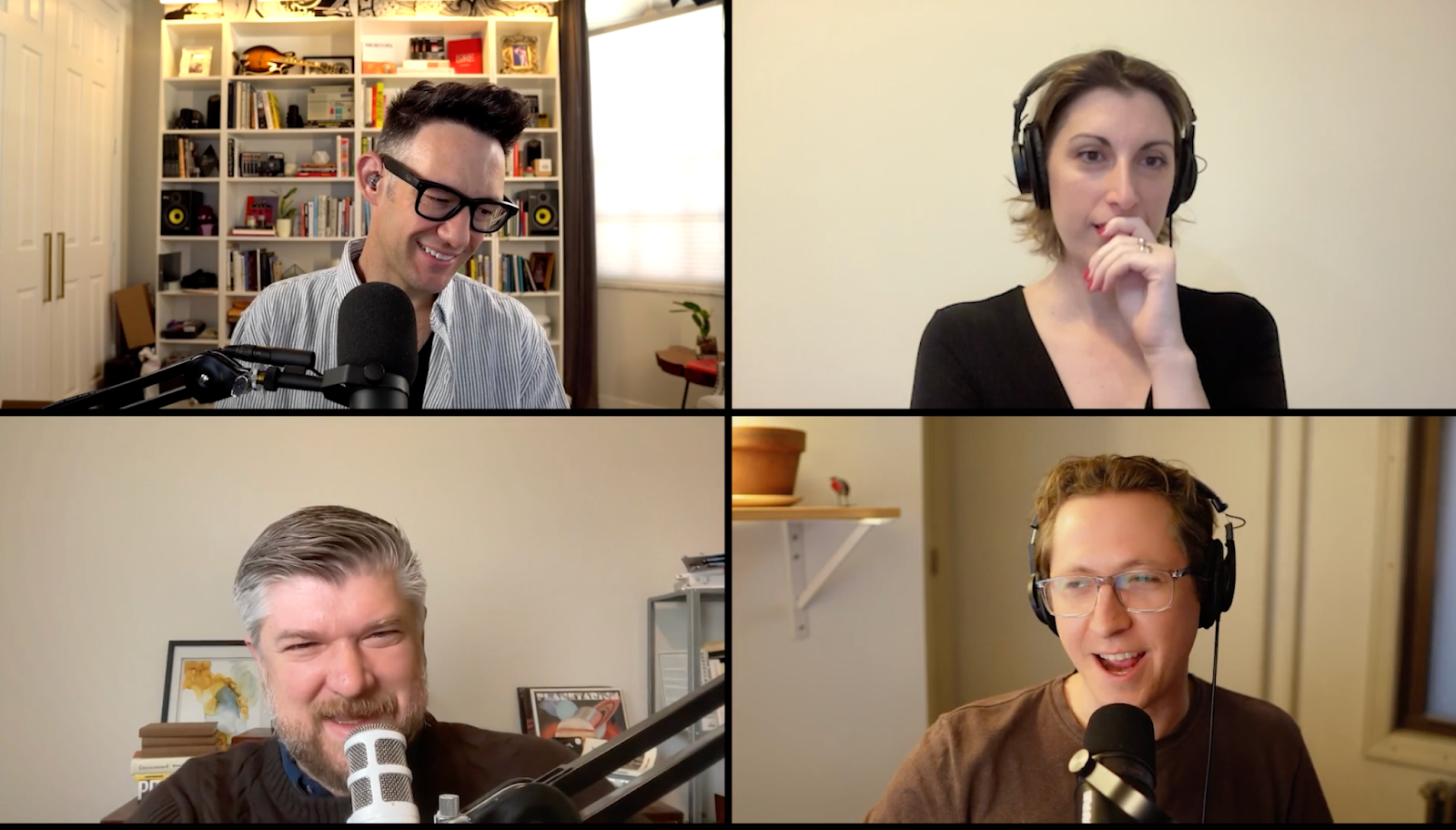
The Future is Fractional

We’re all collectors, says Rob Petrozzo,the chief product officer at Rally. He joined us on the podcast this week, and it made me rethink how the company is building their fractional ownership marketplace:
I collect things that are individual moments for me. So like I have an odd, a really oddball collection of things… like in our office, we have one of the Theranos centrifuge machines
While the business may have started with auctioning classic cars, and most recently moved to other types of collectibles assets like first-edition complete Pokemon sets, they’re using the bizarre and the unique to drive new interest to the platform.
For those unaware, Rally sells “initial public offerings” of corporations with collectible assets on the books. The effect: millennials can own 1/1000th of a full Pokemon set, a classic Mustang, or the signed Kobe Bryant Final Game floor. By selling fractional shares, and providing a secondary marketplace, Rally is attracting a new kind of investor. The kind who might be into owning something really unique, like an NBA floor — or even one of the 20 original, certified, copies of the Declaration of Independence. No kidding.
Rally sits somewhere between alternative asset class and hype culture, and they’re among a new class of fractional ownership investment models — like Roofstock and Masterclass — who have enjoyed the liquidity that bored retail investors have had on-hand during the pandemic (like yours truly). We covered this in-depth in our Vision report earlier this year. According to our study, 53% of consumers have invested in alternative asset classes, with nearly half of those putting that investment into consumables like wine. Fractional ownership has provided the vehicle for a brand new paradigm — assessing value in things that have never-before been valued in a public market.
Hear more about the future of fractional ownership, and how Rally is using it to create a new type of investor, listen to our most recent episode of the podcast over here.

“The Blob” but make it office furniture. Google, who led us all forward into the world of open air workspaces, is implementing vast updates to their office layouts and in-office culture, after employees have grown accustomed to working from home and having their own space during the pandemic. Many of their office space design ideas are modular and mobile, and some are even... inflatable.
The Sky is Falling. A Chinese rocket will be falling back to the earth in “an uncontrolled re-entry” this weekend. Chances of it landing on a person are slim, but also not zero. Many more launches of similar rockets are planned for the future. Chicken Little — modern-day Nostradamus.

Burn ALL the Leggings. In this intriguing piece about the current state of the fashion industry, Amanda Mull of the Atlantic addresses the question of what to wear as society reopens. Fashion designers have been playing it safe for a while now, and stretchy waistbands are still in abundance for purchase, but Mull predicts a shift may be coming which will rival that of the Roaring Twenties. The post-Victorian era of decadence followed the flu pandemic of 1918, which (like this one) left many Americans disillusioned, exhausted, and ready to party.
Figs to go public. Santa Monica-based FIGS, the maker of scrub-couture, is getting scrubbed in for a $4B public offering. FIGS is the latest in a long line of DTC brands that got the boost they needed to exit post-pandemic. Read more in the excellent breakdown and open letter from 2PM’s Web Smith.


DUNKAROOS ARE BACK. And for some inexplicable reason they’re an NFT now, too. To hype up the revival of Chocolate Dunkaroos, General Mills is auctioning off 10 chocolicious NFT’s inspired by their original 1990’s artwork. The highest bidder will get to enjoy the first frosted dip of the flavor we’ve all been waiting for before it hits the shelves.
Hot Now. Krispy Kreme makes plans to go public for the second time. The donut dealers announced their filing to the press on Tuesday.

Soiled Undies Needed. We humans, the most rational and highly intellectual beings on the planet, have discovered that the best way to determine the health of our soil lies in the process of dirtying our drawers. Farmers and school children alike are letting microbes feast on the cotton fibers of their skivvies for science, as it seems the ultimate litmus test (and bragging rights) for happy, healthy soil come from observing the fastest decomposition rate of buried tighty whities.











.svg)
